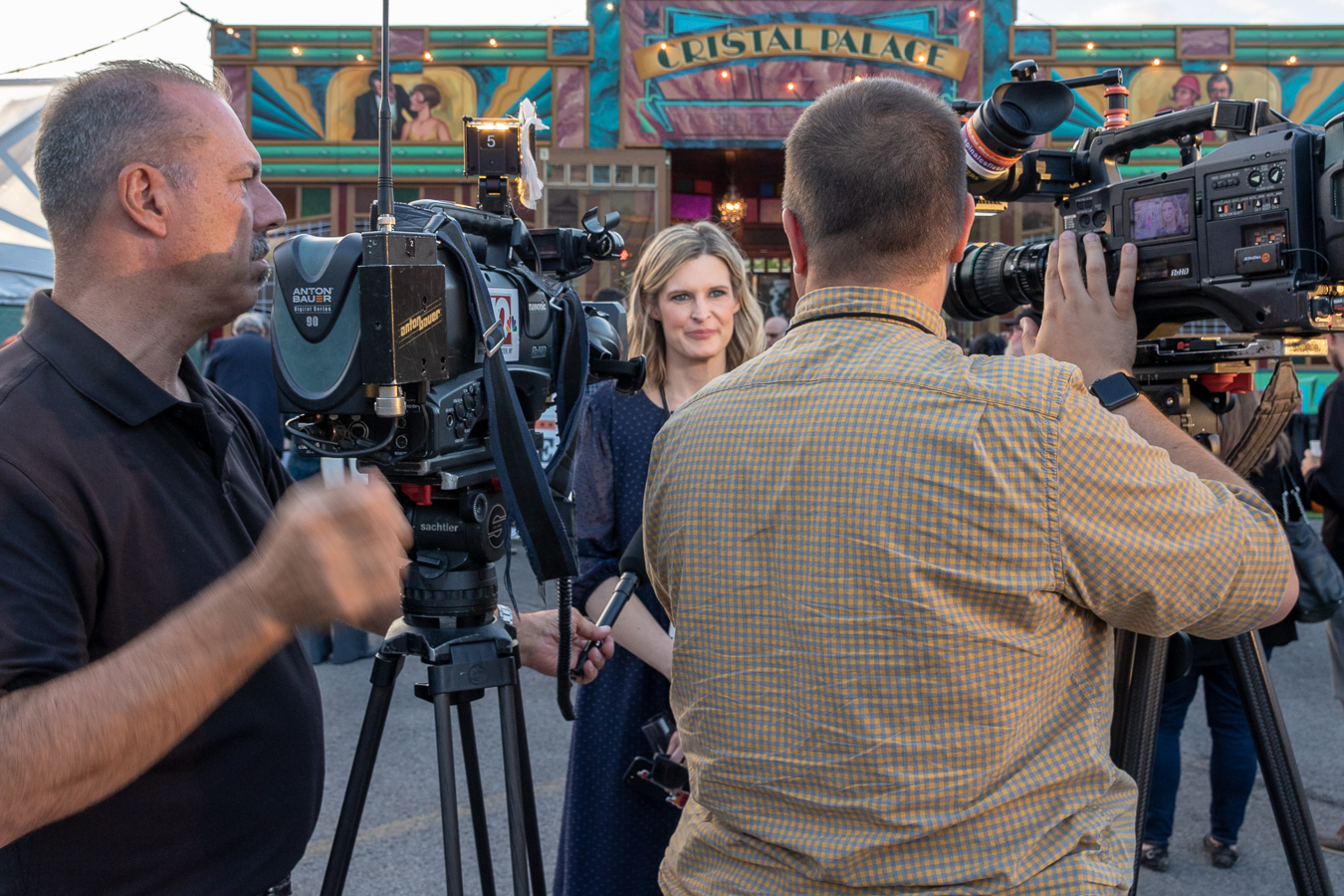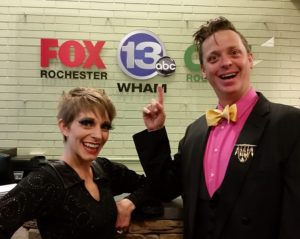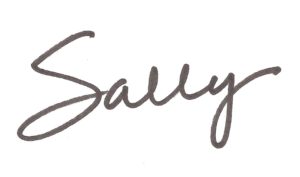Photo: KeyBank Rochester Fringe Festival Producer Erica Fee being interviewed by local TV stations, credit Dick Bennett
I met a young music producer/fashion designer the other day. He was selling computers although obviously more interested in pursuing his artistic passions. When he found out what I do, he admitted that he wanted to learn more about PR – a term that is thrown around a lot more than it is actually understood. And, just in case you weren’t sure: Samantha Jones on Sex and the City was definitely a total fantasy.
In its broadest sense, PR or Public Relations involves anything that informs the public’s perception of you or your organization – from how you answer your phone to the way you react in a crisis. Every interaction, message, or opinion has the possibility to help or hurt your most valuable asset: your reputation, image, or “brand.” A PR person’s job is to help maximize the positive reactions and minimize the negative ones. Yes, Virginia, there really IS such a thing as bad publicity.
In its most common usage, however, it specifically refers to the heightening of a public profile via media coverage or publicity. Stories and mentions in digital, broadcast, print, and even social media are perceived as more objective than paid advertising because a journalist’s (or other respected third party’s) recognition has much more value than an ad that anyone can buy. It’s also the case that publicity – while not “free” in the sense that it takes a lot of time, effort, and expertise – usually costs less than buying advertising. Go figure.
Photo: Fringe Cirque du Fringe producers Matt and Heidi Brucker Morgan getting ready for morning TV
Here’s another misconception (I blame the aforementioned Samantha Jones): PR is fun! It CAN be; it can also be extremely stressful – right up there with some of my other former and current jobs (broadcaster, event coordinator, and news reporter): https://www.cnbc.com/2019/03/07/the-most-stressful-jobs-in-america.html.
Make no mistake, though – PR is still a form of marketing, and its end goal is to monetize the higher profile that it creates. In my case, I’m looking to put money in the pockets of artists, arts organizations or arts-related businesses via ticket sales, donations, commissions, or whatever.
Photo: The U.K’s MASSAOKE band having fun with Good Day Rochester anchor Norma Holland Mann
“Most experts would agree that nothing in the media today is generated independent of the assistance provided by someone engaged in public relations,” says Renée Phillips, a New York City mentor and coach for artists and director/curator of Manhattan Arts International.
This isn’t to say that artists can’t be savvy enough to do their own PR – many are. It’s just that creating art and successfully marketing it are two totally different, time-consuming skill sets. The clients with whom I work realize that 1) they need PR/publicity, and 2) they need a professional’s help. Larger organizations have their own in-house marketing/PR departments, of course, which just underlines how important investing in these areas is.
Photo: Producer Erica Fee announces the 2018 Fringe lineup at the BIG REVEAL press event, credit Erich Camping
If you’d like to learn more about PR for arts in the Rochester, NY area, please take a look around my website or contact me directly.
Thanks for listening,





